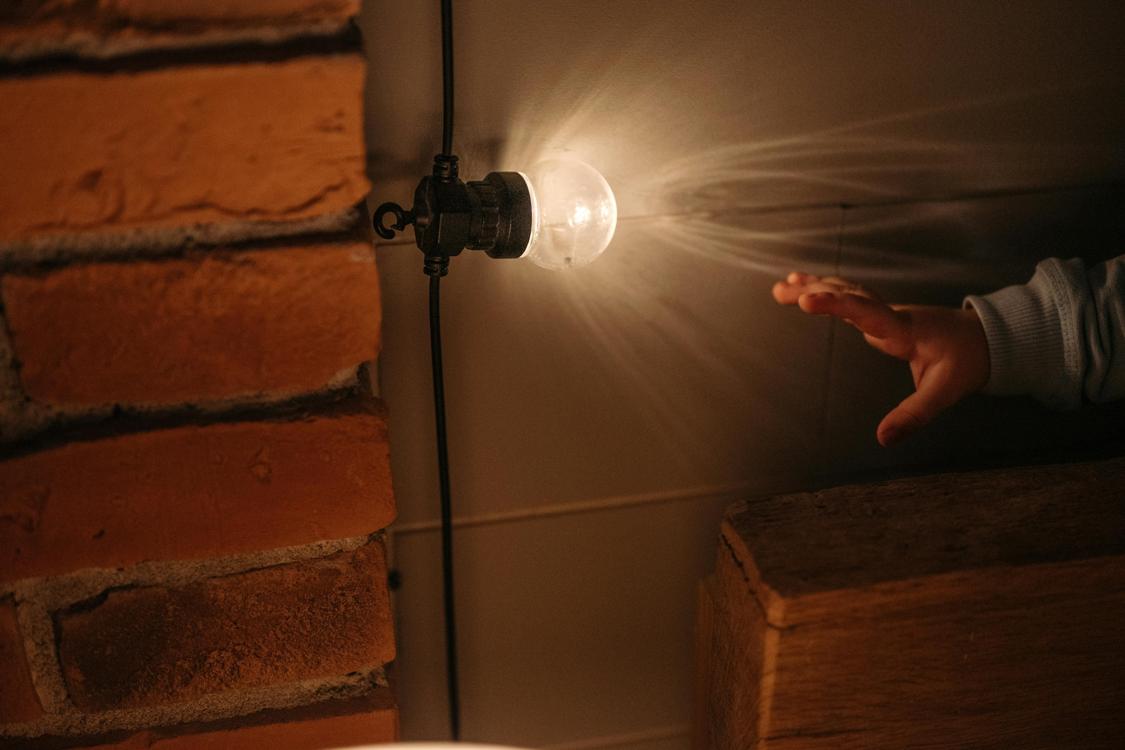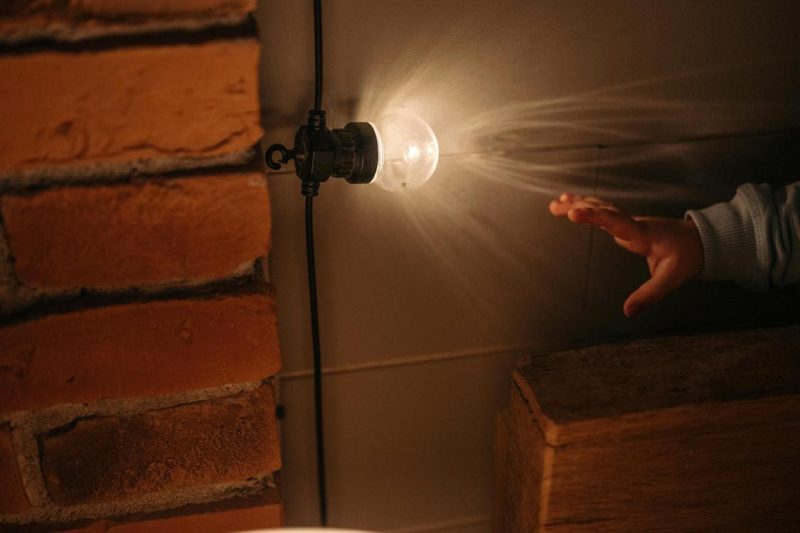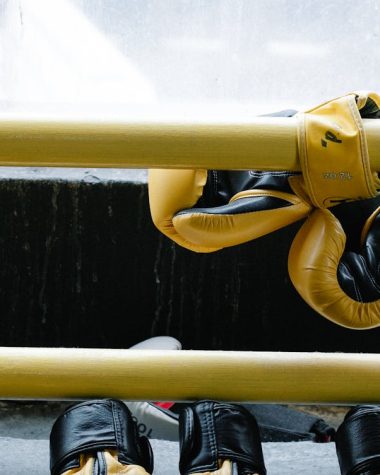Cost Breakdown for Ceiling Fan Installation
- Basic Installation with Existing Wiring: Replacing an old ceiling fan with a new one using the same wiring generally incurs lower costs. Professional installation typically ranges from $100 to $500.
- Installation Without Existing Wiring: For homes lacking ceiling wiring, the process becomes more complex and costly. “Electricians need to open walls, run new wires, and install junction boxes, which can increase costs to as much as $2,000.” notes Chris Almasan of Service Trade Pros, a Naples-based electrical company.
- Installing a Ceiling Fan with a Light: When replacing a light or fan with a fan-light combo, additional wiring may be required, leading to extra expenses of $100 to $300.
- Installing Switches: If a new fan cannot use the same switch as an existing light, additional wiring and switch installations will add $100 to $200 to the total cost.
- Choosing a Fan with a Remote Control: A remote-controlled fan offers convenient control over light and fan speed without the need for extra wiring. This feature typically adds $150 to $300 to the overall cost.
- Number of Fans: Installing multiple fans at the same time can save on labor and material costs. Electricians usually charge for travel and setup per visit, so installing several fans together is more economical. Additionally, running wires and setting up switches for multiple fans in the same room can lower costs.
- Ease of Access: Limited access to wires, boxes, and switches may necessitate cutting holes, increasing both labor and material expenses. The difficulty of accessing and modifying the existing setup will affect the final cost.
Cost to Install Ceiling Fans by Type
- Standard Fans: Standard ceiling fans, known for their five-blade design, typically cost between $200 and $650 for purchase and installation. They come in various materials, such as wood, fiberboard, plastic, or metal, and often include a light fixture connected to a downrod (2 to 10 inches long).
- Low-Profile Fans: Also called “hugger” or “flush-mount” fans, low-profile models are designed for ceilings lower than eight feet. Their costs also range from $200 to $650, and they mount directly to the ceiling without a downrod, making them suitable for low-height spaces.
- Hanging Propeller Fans: Costing between $300 and $900, these fans are ideal for larger rooms with high ceilings (over nine feet). They use a downrod to position blades closer to the living area, enhancing air circulation. Downrods typically measure 2 to 4 feet, with longer options available for vaulted ceilings or outdoor areas.
- Directional Fans: Priced from $300 to over $1,200, directional fans feature intricate designs, resembling table fans mounted on movable arms or adjustable cages on downrods. Their airflow direction can be adjusted to target specific areas, adding both style and functionality.
- Rotational Fans: Among the most complex and customizable, rotational fans start at $350 and can go up to $1,850 for both the fan and installation. These may feature dual motors with fans facing opposite directions, allowing for adjustable coverage in larger or uniquely shaped spaces.
- Outdoor Fans: Outdoor ceiling fans, especially those rated for wet conditions, can be more expensive, ranging from $250 to $3,000. Covered areas may only require damp-rated fans, while exposed environments necessitate wet-rated options for durability.
| Ceiling Fan Type | Price Range (Including Installation) |
| Standard | $200–$650 |
| Low-Profile | $200–$650 |
| Hanging Propeller | $300–$900 |
| Directional | $300–$1,200+ |
| Rotational | $350–$1,850 |
| Outdoor | $250–$3,000 |
DIY Costs vs. Hiring a Professional

Replacing a ceiling fan on your own can lead to significant savings, particularly for straightforward tasks. For a basic swap, the DIY cost might only be slightly above the retail price of the fan, though additional materials (e.g., a special ladder for vaulted ceilings) should be considered.
- DIY Costs:
- Basic Fan Replacement: Save $50 to $200 on labor.
- Total DIY Cost: Typically ranges from $100 to $275.
- Professional Installation Costs: For those who prefer professional assistance, a local handyman may charge as low as $60 for basic ceiling fan installation. This is a good option for those lacking tools or experience.
- Handyman Service: Starting from $60.
- Professional Installation: More complex jobs, especially those requiring new wiring, should be handled by a licensed electrician to ensure safety and compliance with building codes.
Tips to Save on Ceiling Fan Installation Costs
- Install Multiple Fans Together: Installing more than one fan at once can reduce hourly labor rates from contractors after the first hour.
- Choose Existing Wiring: Opt for an installation location near existing wiring to avoid extra costs for additional electrical work.
- Hire a Handyperson: For simple installations or replacements using current wiring, consider hiring a handyperson instead of a specialized contractor.
- Compare Quotes: Reach out to at least three contractors to compare their installation quotes and select the most cost-effective option.
- Shop Off-Season: Purchasing ceiling fans during off-peak periods can lead to lower prices and installation deals.
- Opt for ENERGY STAR-Rated Fans: Selecting an ENERGY STAR-rated fan ensures long-term energy savings, helping to offset initial costs.








